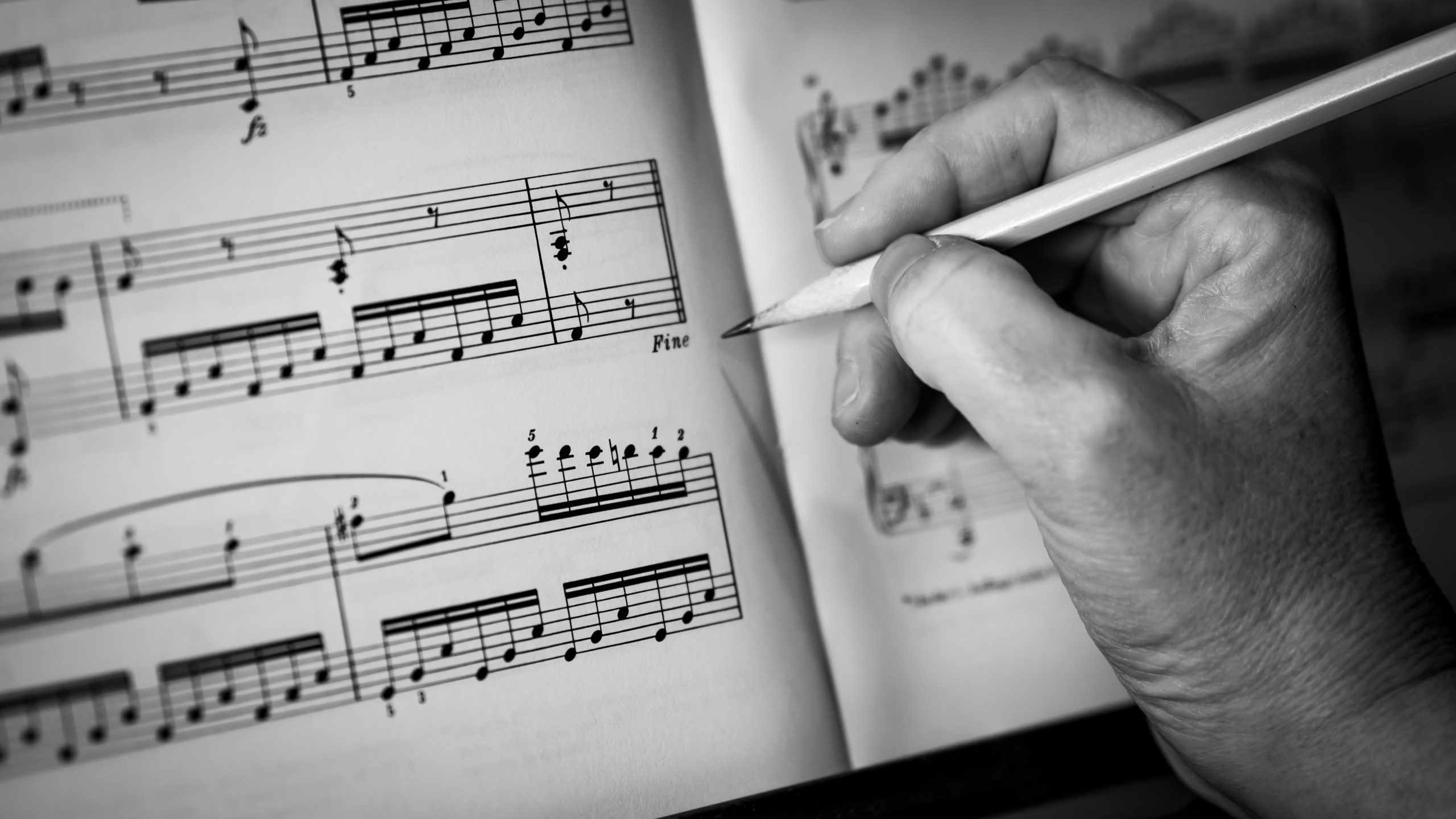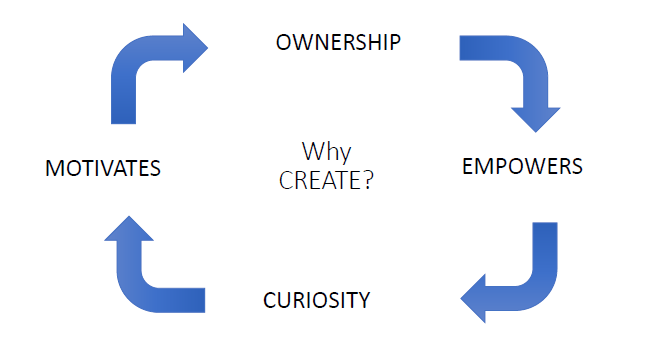We would like to thank Chee-Hwa Tan for this insightful article on creative activities to explore with your students. Want to apply these tips with your students? We encourage your students to submit to the Piano Inspires Kids 2024 Composition Contest. Student applicants are tasked with composing a fanfare inspired by the upcoming 2024 Summer Olympics. Learn more here: https://kids.pianoinspires.com/composition-contest/.

The ability to experiment and create with our instrument is an important part of piano study. Yet I would venture that for many of us who teach, this component of piano study presents a logistical challenge as we juggle the many aspects of music study. We may feel defeated at our inability to include creative activities like ear training, improvisation, transposition, musical composition, and analysis within lesson time, experience an existential crisis at the prospect of teaching what we did not ourselves learn, or feel overwhelmed about plowing through stacks of resources purchased at a workshop. On the other hand, when we do include these activities, perhaps our student freezes like a “deer in the headlights” when asked to improvise or create. If any of these scenarios are relatable, you are in good company.
This article will explore how we can use repertoire assignments to integrate experimentation and creation into regular lessons. Repertoire study is a staple of every lesson; assigning pieces that meet performance study needs, and that also serve as inspiration for creative assignments, is a way to meet both goals in a sustainable manner. This approach can be utilized during summers, several times a year, every other month, or with alternating pieces.
I will address this topic from the following framework:
- A “whole” teaching philosophy: I start with this because our teaching philosophy impacts how we motivate students and whether we prioritize time for creativity.
- Repertoire selection: How to select the right kind of music to organically incorporate creative activities in your lessons, without designing a whole separate track.
- Basic principles: What to do with repertoire that you assign in your lessons.
- Examples: Practical applications from a selection of pieces at different levels.
A “Whole” Teaching Philosophy
Our teaching philosophy states WHY we teach and WHAT is important to us in our teaching. A teaching philosophy serves as a compass—a “priority check” for us when we feel overwhelmed by all the teaching to-dos and performance deadlines. As educators, it is good to revisit our teaching philosophy periodically to allow for personal growth and adjustments. Here, I share here my personal teaching philosophy:
I teach…
- To nurture a love and understanding of music.
- To create a pathway to lifelong music making at the piano, for both the hobbyist and the professional.
- To equip my students with skills that will make them independent learners and to give them ownership of their music.
- To pursue music making with joy, with abandon, without guilt.
- So that my students will be more whole from the experience.
As teachers, we imprint a “feeling“—a feeling about the student’s identity in relationship to their music study. Long after formal lessons have ended, our students may not remember much of what they learned or even how to play what they learned, but they will remember how they felt in their lessons. This feeling will spur them to continue to pursue music in some shape or form, or this feeling will cause them to be afraid to try because they feel they are “not good enough” to meet the standards or expectations. Reviewing my teaching philosophy helps me to remember to prioritize the emotional connection with my student and the music making process and then to ask myself: What skills do I want my student to still have twenty to thirty years from now?
A lot of what we do as teachers focuses on the “what” and the “how”—specific skills for teaching repertoire and technique, materials, how to practice, style and interpretation, pedaling, theoretical knowledge—the list goes on. However, far more important than this is teaching the “why?” Do our students know the overarching purpose behind the concepts and skills that we teach them? Are they able to take what they learn in their music and apply it for their own purposes? Students who can do this are students who will make music for the rest of their lives.
Why is it important to encourage students to create?

- When we create, we get ownership of our learning.
- Ownership empowers.
- This makes us curious to learn more.
- Curiosity is motivating!
If we have not experienced this type of process ourselves, this can be intimidating. The underlying philosophy is to nurture a sense of wonder and curiosity about this amazing process we call music. From the very beginning of piano study, slow down and reinforce theory and musical concepts by helping the student discover or identify the sounds in each of the pieces they study. Then, experiment with at least one of these concepts through listening and explorative play with the student.
Why use repertoire as the basis for composition or improvisation?
- Using specific pieces provides a natural structure from which to take off—a blueprint for concrete inspiration. This is common practice throughout music history.
- It is less intimidating to have a few guidelines or a “track” to stay within.
- Students need to learn that there is structure in creativity.
- Music is all about structure—neurological studies show that our brains automatically search for aural patterns in music.
- Everything has a form and structure—rhythmically, melodically, and harmonically. Entities that do not have clear form tend to lack longevity.
If you enjoyed this excerpt from Chee-Hwa Tan’s article “Create to Motivate: Using Repertoire to Incorporate Creativity in Lessons,” you can read more here: https://pianoinspires.com/article/create-to-motivate-using-repertoire-to-incorporate-creativity-in-lessons/.
MORE ON PRACTICING
- MAGAZINE ARTICLE: Apps for Teaching: Tools for Triggering Creativity with Pop Music by Leila Viss
- MAGAZINE ARTICLE: Creativity in the Age of Artificial Intelligence by Sam Holland
- WEBINAR: Turning the Corner on Teaching Creativity: Transforming Common Knowledge into Creative Potential with Jeremy Siskind
- WEBINAR: Incorporating Improvisation, Composition, and Non-Traditional Instruments in Piano Lessons with Grace Huang, Jason Sifford, and Kevin Woosley
- WEBINAR: Yes, You Can! Breaking through student and teacher inhibitions to create meaningful learning through improvisation with Jeremy Siskind
Not yet a subscriber? Join for only $7.99/mo or $36/yr.
Chee-Hwa Tan has served as the Head of Piano Pedagogy at the University of Denver Lamont School of Music, as well as on the piano pedagogy faculties at the Oberlin Conservatory and Southern Methodist University. Ms. Tan is the author of internationally acclaimed A Child’s Garden of Verses and other piano collections. Her music is published by Piano Safari; with selections included in the Repertoire and Study series of the Royal Conservatory of Music, Canada, and the Associated Board of the Royal Schools of Music, London.